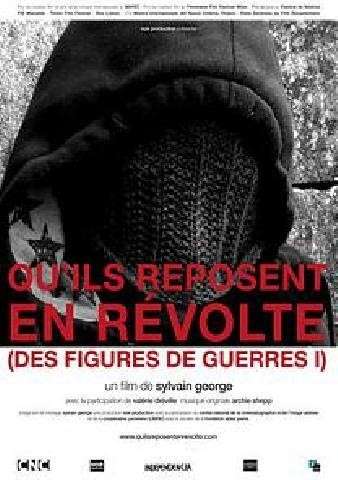Rob Tregenza – Talking to Strangers (1988)


Technical fetishism and trite philosophy abound in Talking to Strangers, a relatively daring American independent film that, despite its strengths, only points out the creative plague in the rest of American independent cinema. Built around a simple gimmick–nine continuous takes arranged in random order and photographed with bravura camera moves and a one-to-one shooting ratio–the film is, metaphorically, about art and the struggle of the artist. Specifically, it is about a pompous, college-educated artiste who tries to find his material by talking to strangers. His type, played by Ken Gruz, is one of mankind’s most despicable–a condescending, egocentric leech who preys on others in order to serve his own need to create art.
Paradoxically and purposefully, however, the viewer is never really sure of the main character’s identity. The movie opens with an impressively photographed sequence in which Gruz, seen from overhead, wanders from street corner to street corner, trying to find the bus he wants. The next seven scenes, each photographed in one day and in one approximately ten-minute take (the maximum amount of film that fits into a camera magazine), are arranged in random order.
Talking to Strangers can be, and has been, praised for its attention to form. It has taken narrative structure away from the Hollywood style of drama and placed it in the hands of chance. We are forced to fight our expectations and confront each scene on its own terms. The scenes have no obvious relation to one another other than the main character’s talking to strangers. The interest in form doesn’t end there: Writer-director Rob Tregenza, who also served as cameraperson, has placed much attention on the actual gathering of the image–the process of putting the image and sound on the screen. As his press material notes, Tregenza has used the Matthews Tulip Dolly, the Matthews CamRemote and Snorkel system, the Fisher Dolly, the Arri 35BL camera, 9,000 feet of Kodak 5294 film stock, and a Dolby compatible stereo mix (without CAT 22 cards). We also know that the scenes have been randomly sequenced and photographed in single takes, using only 9,000 feet of film–meaning that almost all the footage has made it into the final film. Although 9 scenes appear in the film, 12 were written. If one scene didn’t work on its first take, it was to be thrown out and replaced with a new scene (an event that never occurred, since all went off without a hitch except the potter scene, which was cut down to eight and one-half minutes).
Because of its structure, some scenes in Talking to Strangers succeed better than others. However, the work must be taken as a whole (albeit a random whole), and as a whole it rarely rises above the conventions of American independent cinema–conventions that are just as prevalent in traditional Hollywood narrative cinema. It is cerebration in full force; every move exists to further the director’s manifesto of film phenomenology. It is not a bad picture but a disappointing one–a daring, noble, and commercially suicidal attempt to push the envelope of narrative film structure that says everything with its form and nothing with its dialog. Where American independent film has failed in recent years is precisely where Talking to Strangers fails: It has attempted to create with equipment and technique (in all facets: preproduction, production, and postproduction) and not with ideas. But what is most unfortunate about Talking to Strangers is the reception it has received in the US, where it has been irresponsibly ignored by all American festivals to which it has been submitted (though it received some specialized screenings), including those that are supposedly supporters of American independent cinema. Talking to Strangers dares to be different and, though it may not be entirely successful, deserves to be seen and recognized as an alternative to today’s Hollywood system. – TVGuide.com



Talking to Strangers (1988).avi General Container: AVI Runtime: 1 h 31 min Size: 1.08 GiB Video Codec: XviD Resolution: 608x304 Aspect ratio: 2.000 Frame rate: 23.976 fps Bit rate: 1 485 kb/s BPP: 0.335 Audio #1: 2.0ch MP3 @ 192 kb/s
https://nitro.download/view/D24F30977FAB168/Talking_to_Strangers_(1988).mkv
Language(s):English
Subtitles:none




![Andrei Tarkovsky - Stalker [The Criterion Collection] (1979) Andrei Tarkovsky - Stalker [The Criterion Collection] (1979)](https://imagizer.imageshack.com/v2/xq90/922/iKrVtY.jpg)
